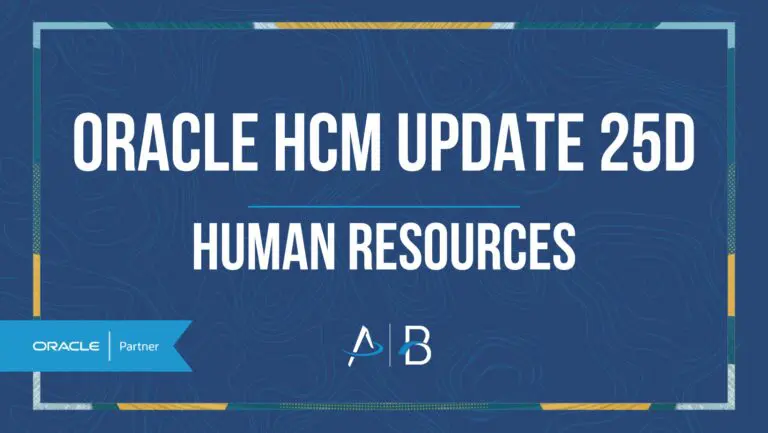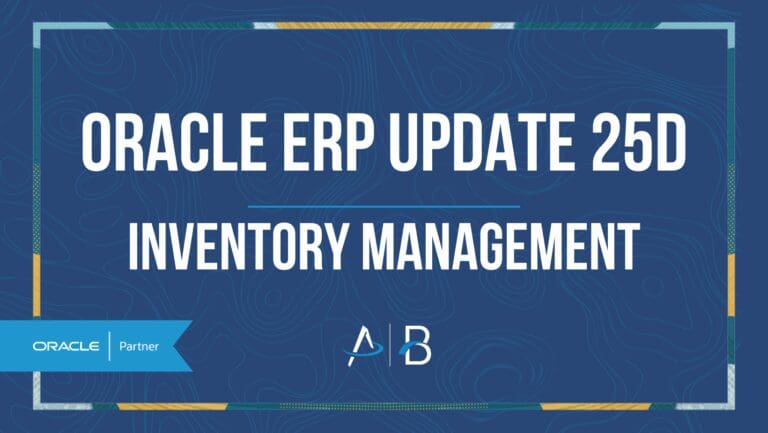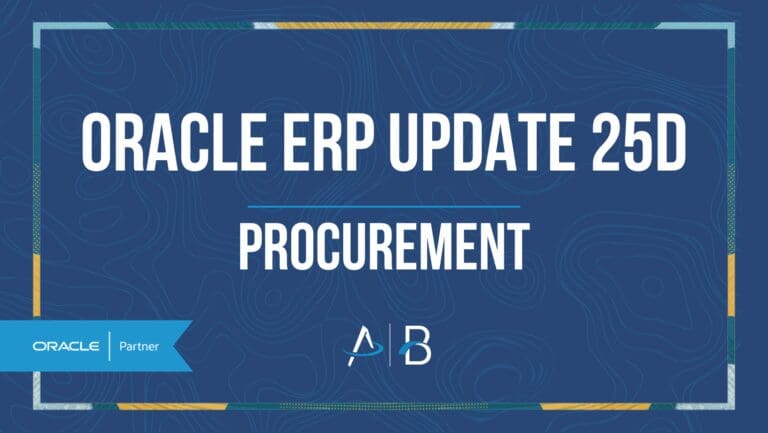Oracle HCM Update 25C: Human Resources
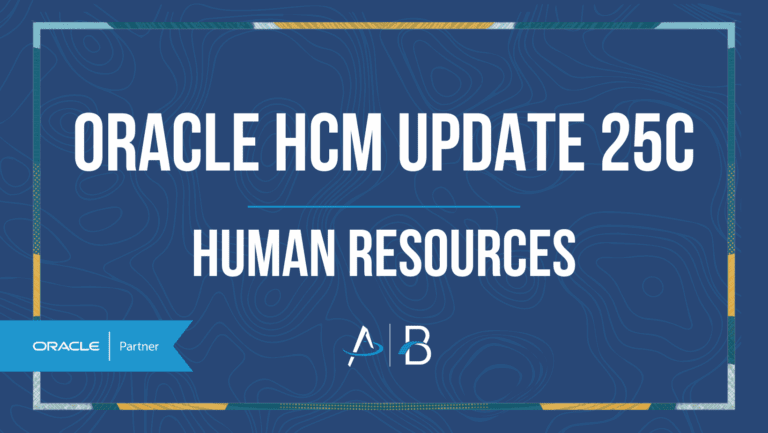
High Impact

Feature Enablement
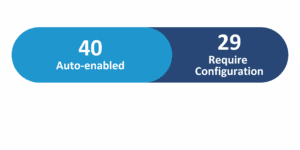
Redwood Features
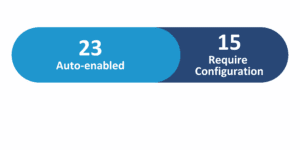
Generative AI Features

25C Update Features Covered:
- Redwood Experience
- Generative AI
- Allow Initiator to Edit Document Record Pending Approval on Redwood Document Records
- New Page Properties for Person Attributes in Redwood Page Headers
- Display Contextual and Personal Journeys on Additional Journey Tabs
- Restrict Assigning Journey When it’s in Progress
1. Redwood Experience
The Oracle 25C release sees the continued expansion and optimization of Redwood across the Human Resources module, primarily focusing on developing existing pages’ functionality. A large portion of these enhancements are centered around Document Records, Workforce Structures, and Employment processes. In addition to quality-of-life updates to existing pages, Workforce Structures sees the addition of new Redwood pages, including Legal Reporting Unit HCM Information and Legal Entity HCM Information. Journeys officially and completely replaces Responsive Checklist Tasks, Onboarding, and Allocated Checklists, which are now discontinued. The Journeys Setup page consequentially replaces Checklist Templates. Additionally, the Redwood Document Records pages receive various enhancements ahead of the discontinuation of Responsive Document Records pages in 25D. Those who utilize Document Records should prepare to transition to the Redwood pages.
2. Generative AI
The 25C Human Resources release minorly expands its AI services with only one enhancement to AI Agent task types within Guided Journeys. The Workflow Agent Subtask Type in Guided Journeys for Redwood Pages enhancement adds a new Workflow Agent subtask type to the Agent task type, allowing users to utilize multi-agent workflows.
3. Allow Initiator to Edit Document Record Pending Approval on Redwood Document Records
Quick Notes:
You can now allow initiators to edit document records that are pending approval on the Redwood Document Records page. The new Enabled Initiator to Edit Document Record Pending Approval page property can be toggled on or off to allow or disallow initiators to edit document records that are pending approval, depending on organization policies. The default value is set to No.
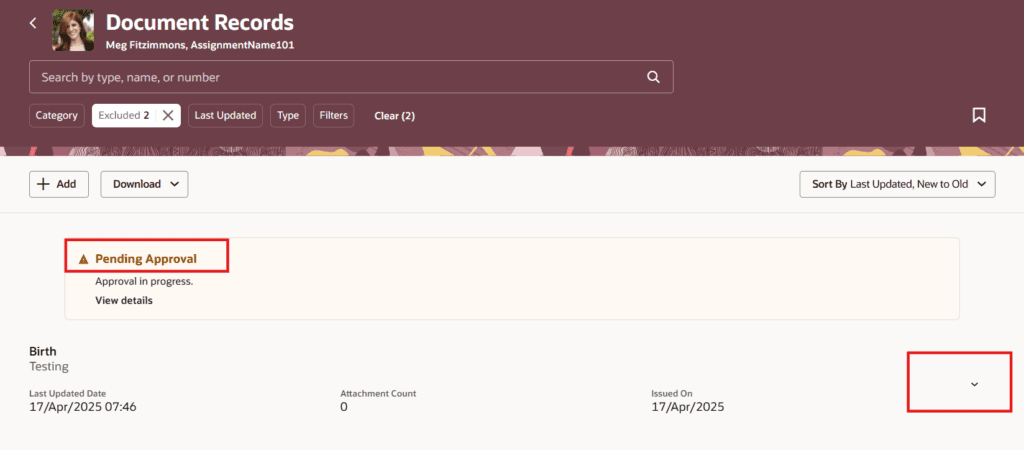
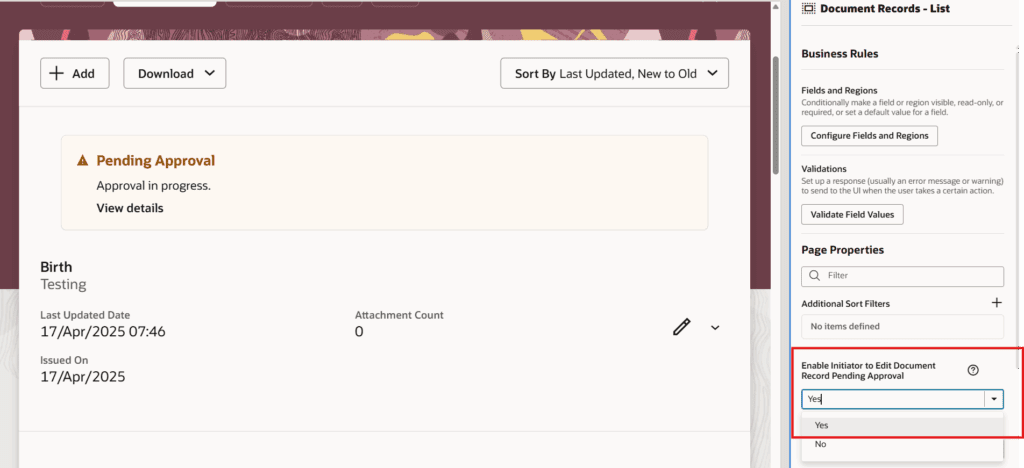
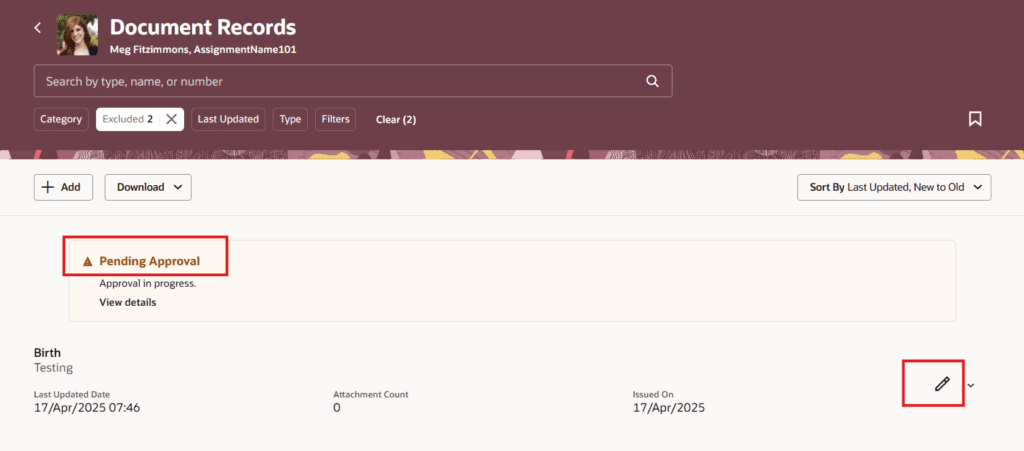
4. New Page Properties for Person Attributes in Redwood Page Headers
Quick Notes:
You can customize page headers to display additional person fields when viewing records on a variety of Redwood pages, including Personal Details, Contact Info, Employment Info, and Document Records. You can select up to a maximum of 4 fields to display in the header, including fields such as Person Number, Work Email, Assignment Number, and Position Name. The page properties can also be configured to display labels for these fields.
This feature allows for greater customization of the contextual data provided on applicable Redwood pages, consolidating person information and alleviating the need to cross-reference within the application to view certain personal or assignment details.
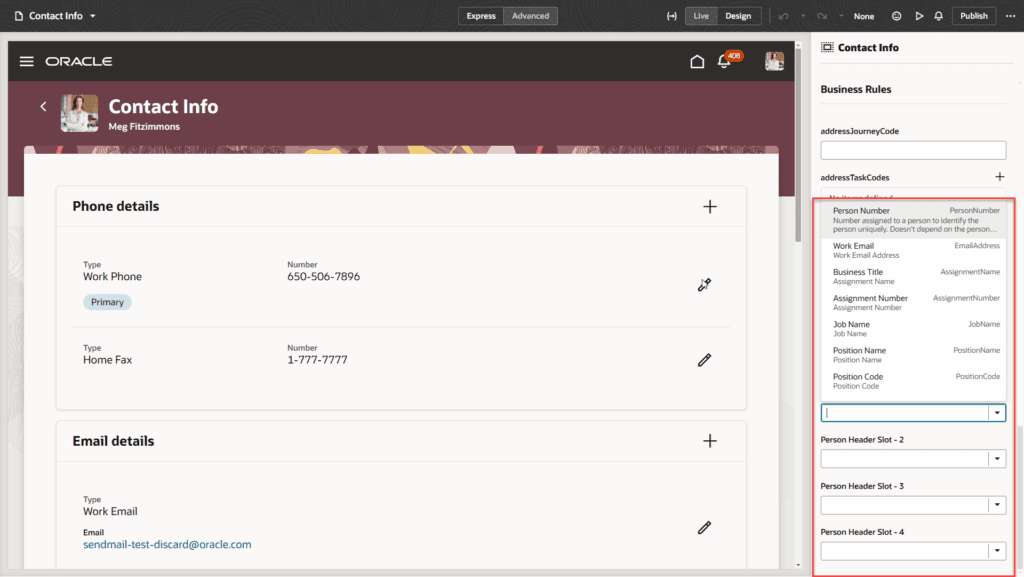
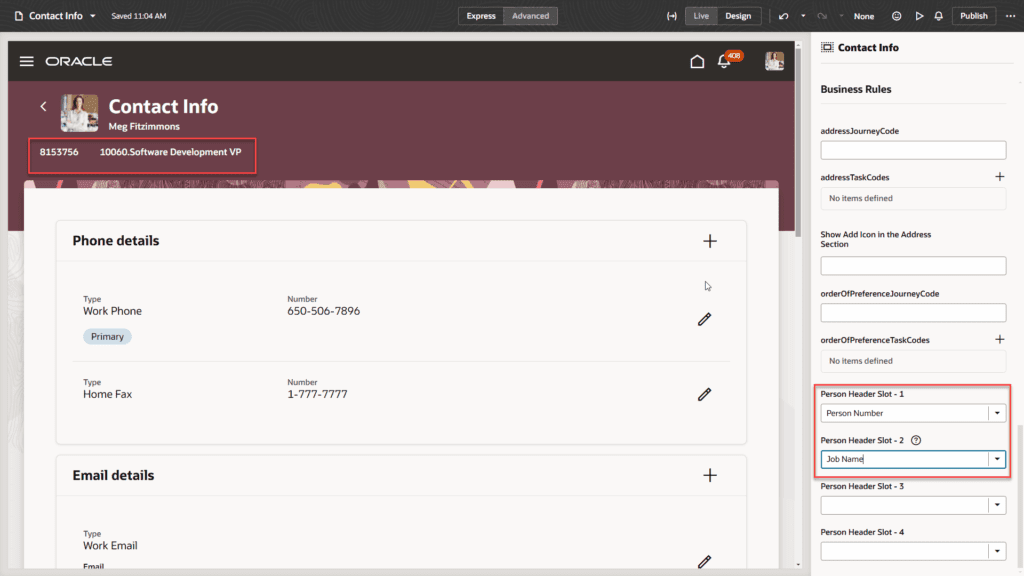
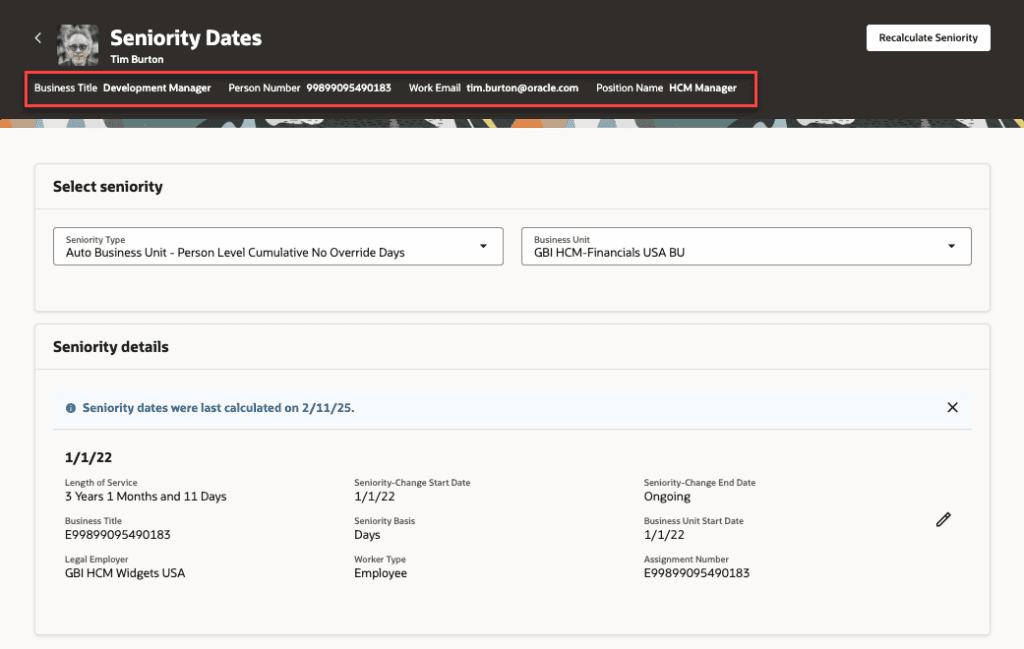
5. Display Contextual and Personal Journeys on Additional Journey Tabs
Quick Notes:
Contextual and personal journeys are now displayed on the Assigned Journeys, Organization Journeys, and Team Journeys tabs according to user access levels.
There are two levels of access, configurable when creating or editing a journey template using the Access Level property: Private and Public. Private Journeys are self-assignable and only accessible to the employee who self-assigned them. Public Journeys are also self-assignable; however, in addition to the assignee, managers or administrators with the necessary privileges are also able to view them.
This UI update gives users greater control over where certain journeys are visible based on journey classification and user access level.
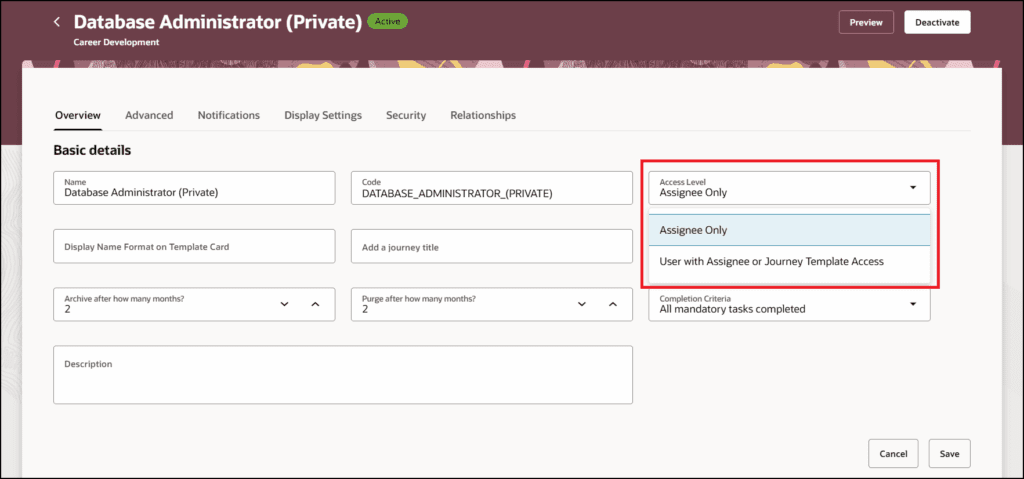
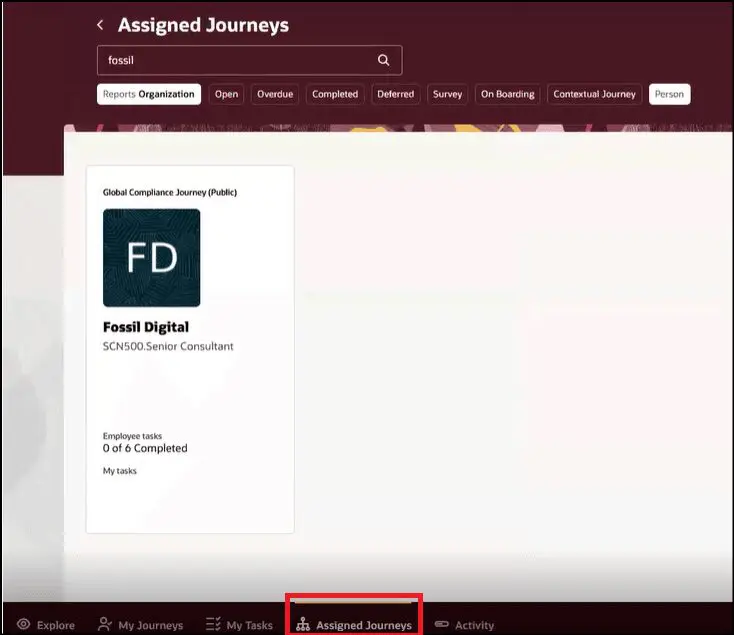
6. Restrict Assigning Journey When it’s in Progress
Quick Notes:
When configuring journeys, you can now restrict them from being assigned when there is an outstanding, earlier instance of that journey still in progress for a person by setting the option for the Restrict assigning journey if it’s in progress value to Yes.
This enhancement helps reduce potential duplicate journey assignments.
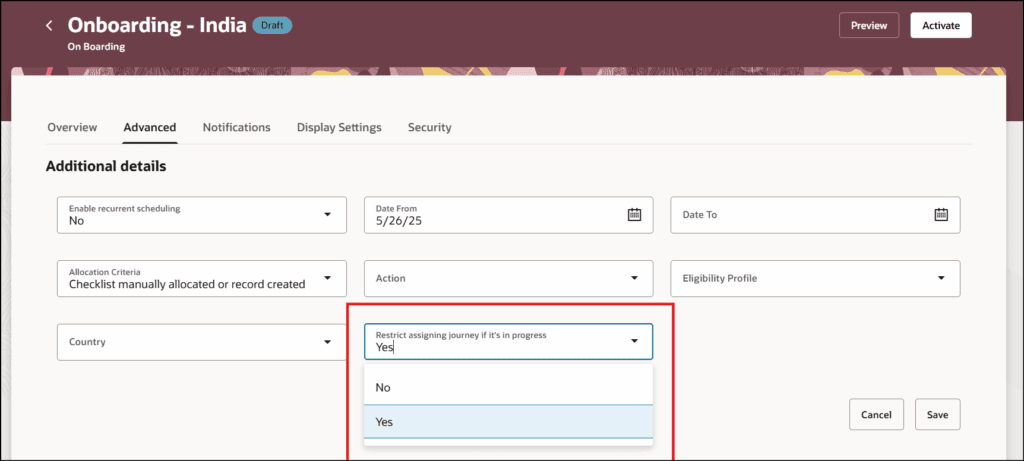
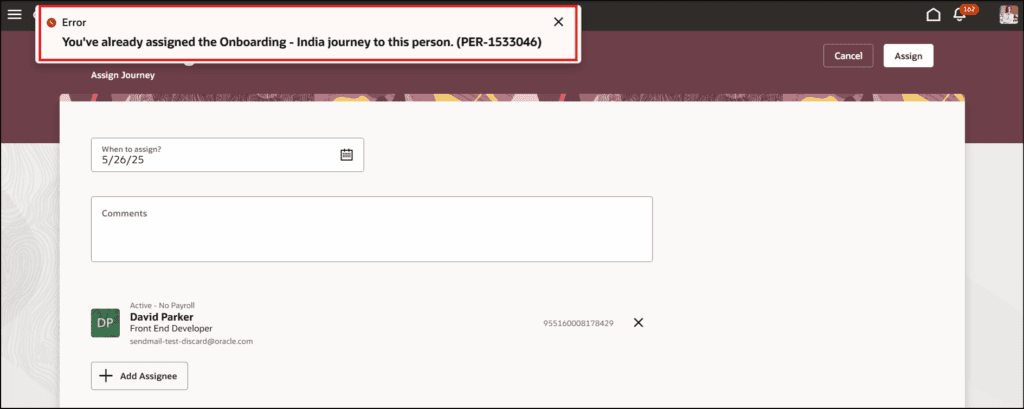
By Megan Wright




